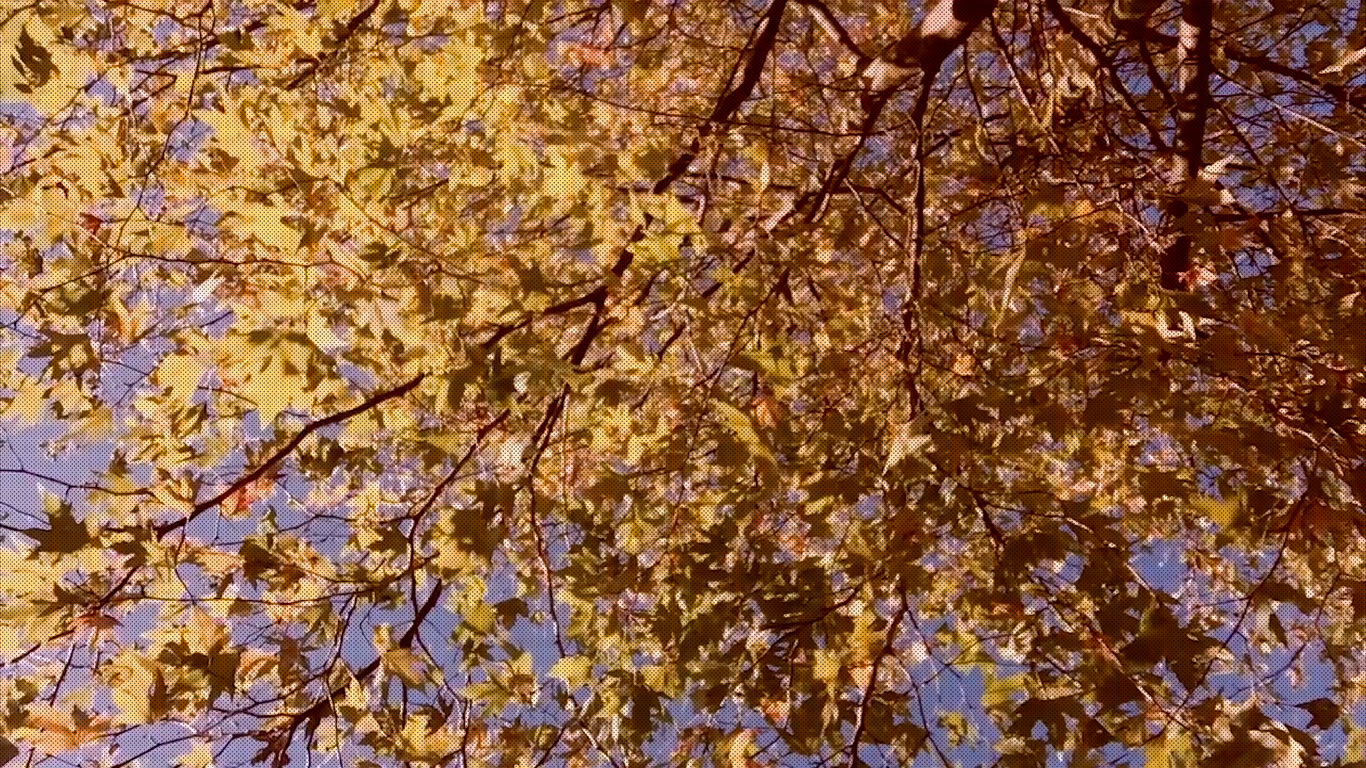Isabella Pitisci, was born in 1969 and died in 2013. She began exhibiting work from the very beginning of her photography degree at Camberwell College of Arts in 2004. Her creative career spans a series of solo and group exhibitions that took place in various locations, from the Frieze Art Fair, Morley Gallery, Central Space, The Royal Institution of Great Britain, Flat Time House and Martello St Studios, to The Gallery Ipswich and Bury St Edmonds Art Gallery. Concerned with exploring the phenomenological experience of her viewers, Pitisci’s site-specific installations in Queens Wood, London and St Marys-at-the-Quay, Ipswich are particularly prominent in her creative oeuvre. Recognised for her creative endeavours Pitisci was presented with two separate professional development awards, one funded by the Royal Female School of Art Foundation associated with Morley College, and another from London College of Communication for her Media Design.
Keen to share her experiences and knowledge with others, Pitisci studied a PGCE and began teaching art students at Suffolk School of Arts in 2009, whilst also nurturing her own photography practice.
Isabella Pitisci’s life was cut short by her untimely death in 2013, this website serves to celebrate and memorise her creative excellence.
Pitisci worked with a desire to collapse the boundaries between image and object. In a quest for material representation and re-embodiment, her work aimed to exhibit the objectness of both the apparatus of the image, and the image itself.
The material on which the image is printed serves as a symbolic dimension in Pitisci’s work, encouraging us to see the image as an object, Pitisci flooded her images with concepts by experimenting with the positioning of the image and the apparatus in a three-dimensional space. From the physical traces and index of time, scratches and dust, through to the uncanny physical absence of the image itself, her work draws out an images physical connection with the material world.
The work is thematically and formally pensive and self-reflexive. The tropes it explores pertain to the archive, and the form of her work becomes a language describing an idea, or rather, to be truer to the spirit of the work, it is through its very materiality that the work acquires meaning. Pitisci seduces the viewer into a phenomenological experience with the object. The work has a life of its own and the viewer is invited to let the object mirror their sensibility and their own desires. After all, ‘it is the object which thinks us’.
If you wish to know more, please contact Rachida Mokhtari.


